
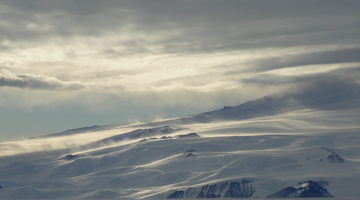
Antarctica is the coldest, driest, windiest and highest continent on Earth. What makes the frozen continent so valuable to scientists and vulnerable to human contact? Every year, scientists and ...
READ MORE
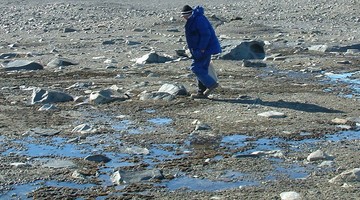
Many people are surprised to hear that vegetation – mainly mosses and lichens – manages to grow on the Antarctica mainland. These relatively simple photosynthesising organisms were the focus of ...
READ MORE
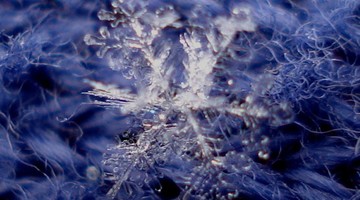
A glacier is a large quantity of ice formed from snow that has accumulated and been compacted over a long period of time. About 70% of the Earth’s freshwater resource is stored in glacial ice ...
READ MORE

This teacher resource lists selected articles from the Connected and School Journal reading series that support the science concepts when teaching about Antarctica. Connected and School Journal ...
READ MORE

In this activity, students read online articles related to fire in Antarctica and discuss why fire is a big hazard there. Rights: The University of Waikato Te Whare Wānanga o Waikato Scientist in ...
READ MORE
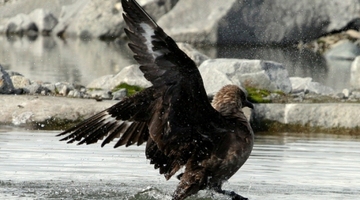
In this activity, students learn about animal and plant adaptations in Antarctic species and use these ideas to design their own unique animal or plant. By the end of this activity, students ...
READ MORE
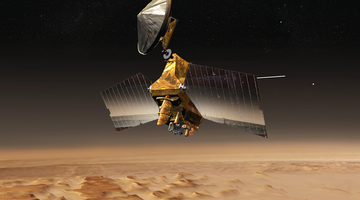
The Planet Four online citizen science project is designed to assist planetary scientists to identify and measure features on the surface of Mars that don’t exist on Earth. Help is needed to ...
READ MORE

Weddell seals and orca are among the top predators in the Ross Sea region of Antarctica, and more than half of the Weddell seal population can be found in the Ross Sea. Information about changes ...
READ MORE
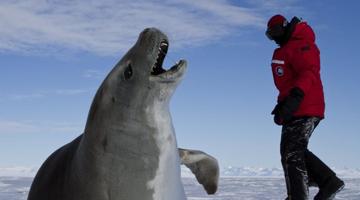
Antarctica’s crabeater seals are the focus of an international study led by the University of Canterbury. The aim is to understand potential environmental and social impacts on one of the ...
READ MORE
In this recorded session, we meet Jenny Pollock – chairperson of the Earth and Space Science Educators (ESSE) association. Jenny brings to this session years of experience and a wealth of ...
READ MORE
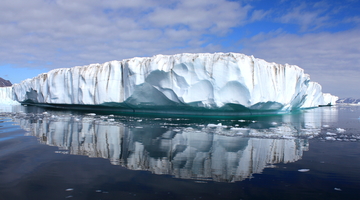
Climate change is one of the world’s big issues. It is also a big topic to tackle in the classroom. The Hub’s planning pathways interactive suggests ways in which climate change can be broken ...
READ MORE
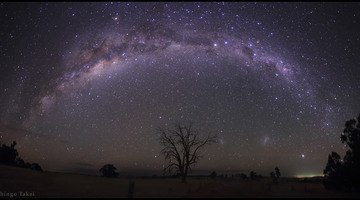
In this online PD session recorded in August 2015, secondary school teacher Steve Chrystall describes how he uses the Science Learning Hub’s satellites and rocket resources to teach space and ...
READ MORE
Kelvin Barnsdale explains how his hobby of building electronics that could survive in very strange environments lead to a career involving NASA. He provides ideas on how students can get involved ...
READ MORE
Dr Wolfgang Rack and Dr Adrian McDonald discuss a few of the career pathways that involve the use of satellites and remote sensing. Point of interest Satellites are used for land, ocean, crop and ...
READ MORE
Dr Wolfgang Rack of Gateway Antarctica explains the link between sea ice thickness and global climate and how he uses the CryoSat-2 satellite to measure sea ice. Jargon alert Freeboard is the ...
READ MORE

This slideshow, from the recording Earth and Space Science scholarship introduction, provides additional support for the video tutorial. Use the Slideshow menu for further options, including view ...
READ MORE
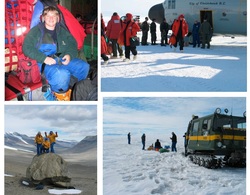
This slideshow presents images from Megan Balks and Jackie Aislabie's trips to Antarctica. Use the Slideshow menu for further options, including view full screen, and go here for the download ...
READ MORE
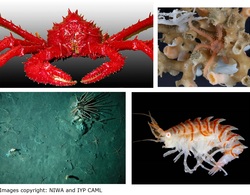
This short slideshow shows some of the animals found in the Antarctic benthic zone. Use the Slideshow menu for further options, including view full screen, and go here for the download option.
READ MORE